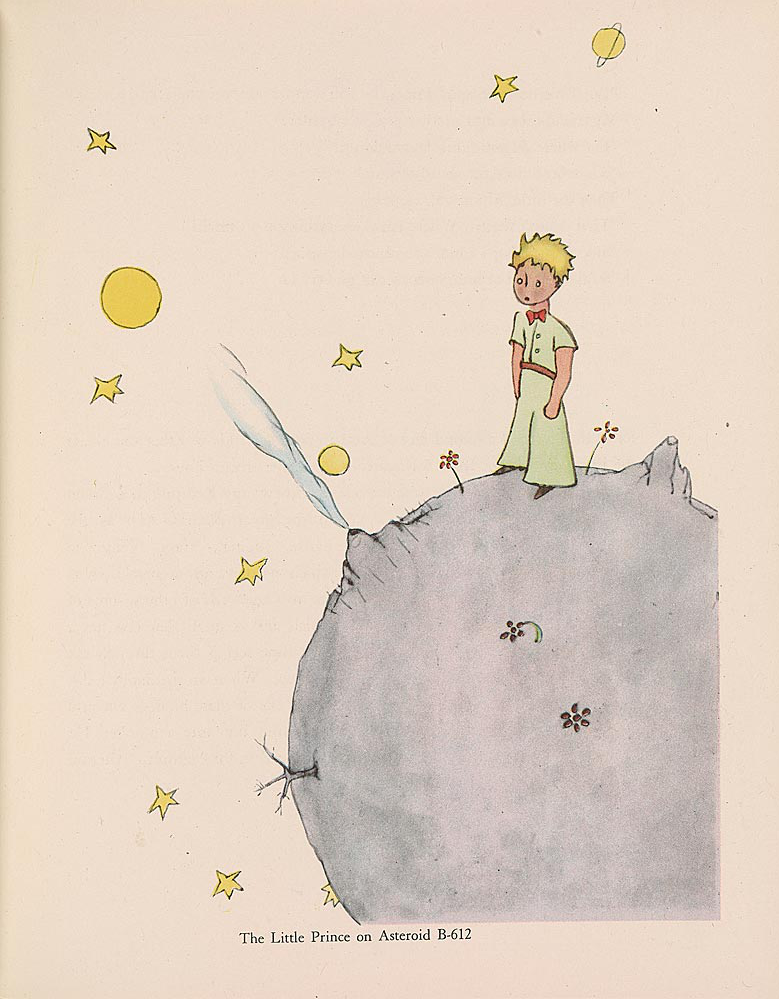The Chorus Project is the sort of opportunity parents dream about—talent-based, high profile, and helmed by visionary adults in tune with teenagers’ emotional and pre-professional needs. The select few—there are 39, leading one to wonder what happened to number 40—range in age from 14–18. They hail from a variety of backgrounds, coming together after school and over the summer to sing, and ultimately record, choral arrangements of rock and pop hits, orchestrated by well known musicians. The 1970s Langley Schools Music Project is a big influence, as is the television show Glee.
Their fresh-faced, orthodontia-enhanced take on the David Byrne / St.Vincent collaboration “Who,” above, embodies the Chorus Project approach, garnering St. Vincent’s stamp, or rather, Tweet, of approval.
Byrne recently advised young musicans to expect that retaining freedom and creative control means taking a financial hit. How comforting to find Chorus Project founder Lauren Bromley Hodge ennumerating that path’s alternate rewards:
Music is a universal language, crossing cultural and income barriers. Singing in a chorus creates community, friendship and trust. In a society where arts based educational opportunities are drastically reduced and threatened, this music project gives young singers the chance to learn about singing, performing and recording from musicians and teachers.
Cultural and income barriers aren’t the only boundaries music transcends. As one Metafilter user remarked after viewing the Chorus Project’s spin on The Kinks’ “Waterloo Sunset,” arranged by the dBs’ Chris Stamey:
Can someone let that adolescent boy singing lead on “Waterloo Sunset” know that my sixteen year-old self called and his heart is broken from the crush he’ll never be able to say hello to?
Because sob.
See, kids? You don’t need leather pants or facial hair to be cool!
My favorite Chorus Project performance thusfar is their cover of the Jackson 5’s “I Want You Back.” The purity of those opening bars reminded me of high school and “You Can’t Always Get What You Want” in equal parts. I dug the cinder blocks in the background. I appreciated the deep look of concentration upon soloist Presyce Baez’s face, as well as the catlike, canary-stuffed expression of his partner, Ally Copenhaver, biding her time until the one-and-a-half minute mark when… leapin’ lizards! That kid’s got an impressive set of pipes, making it all the more gratifying to see her showing up in a supporting capacity elsewhere in her chorus’s oeuvre.
You can enjoy more of the Chorus Project’s videos here, after which you can move to Raleigh-Durham, where project Seamus Kenney, leads a weekly, drop-in Popup Chorus for adults.
Related Content:
Teens Ponder Meaning of Contemporary Art
Elementary School Kids Sing David Bowie’s “Space Oddity” & Other Rock Hits: A Cult Classic Recorded in 1976
Ayun Halliday can’t sing, but she can crank out the zines like nobody’s business. Follow her @AyunHalliday





